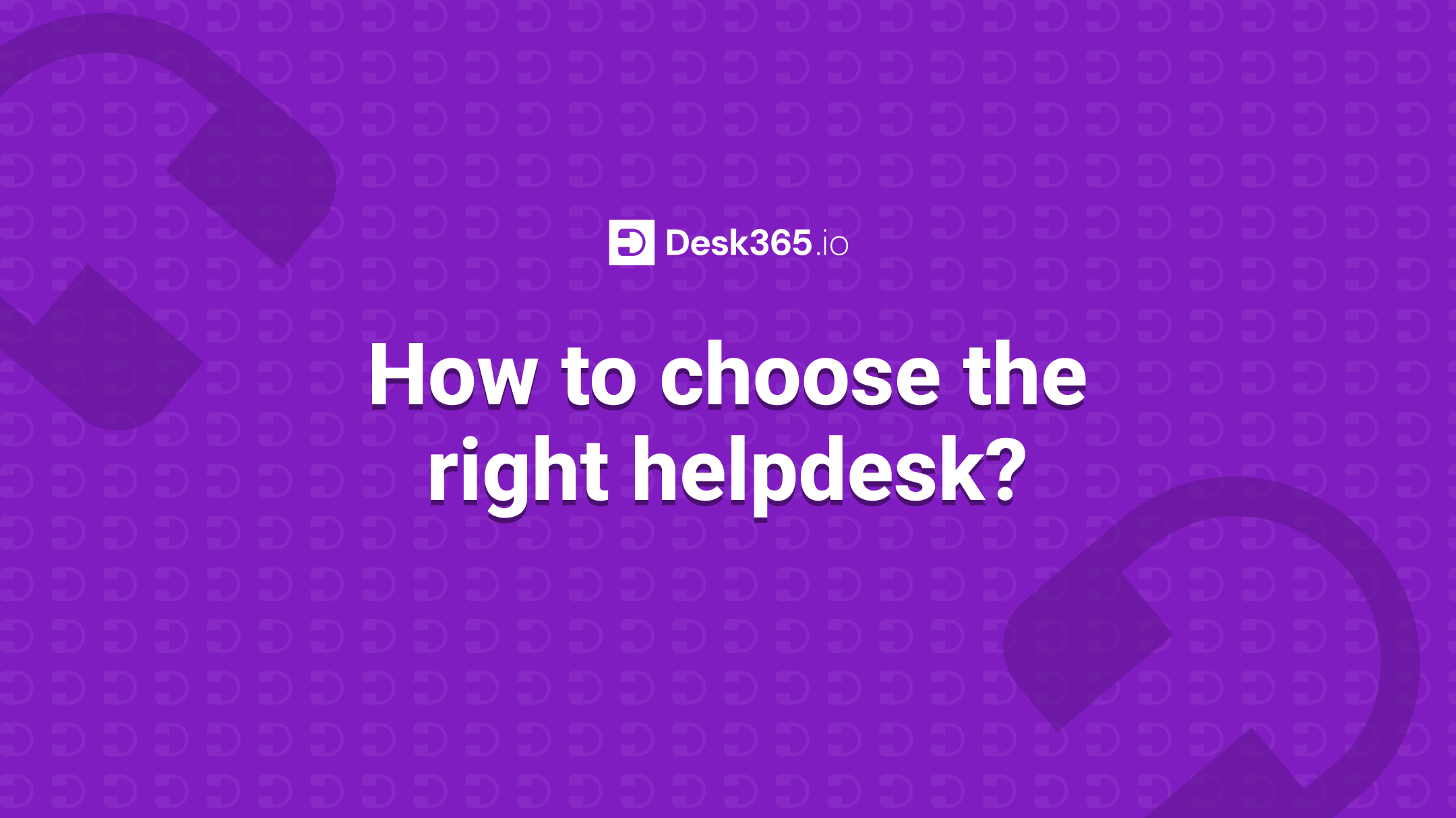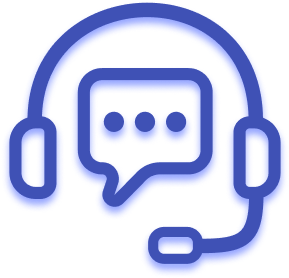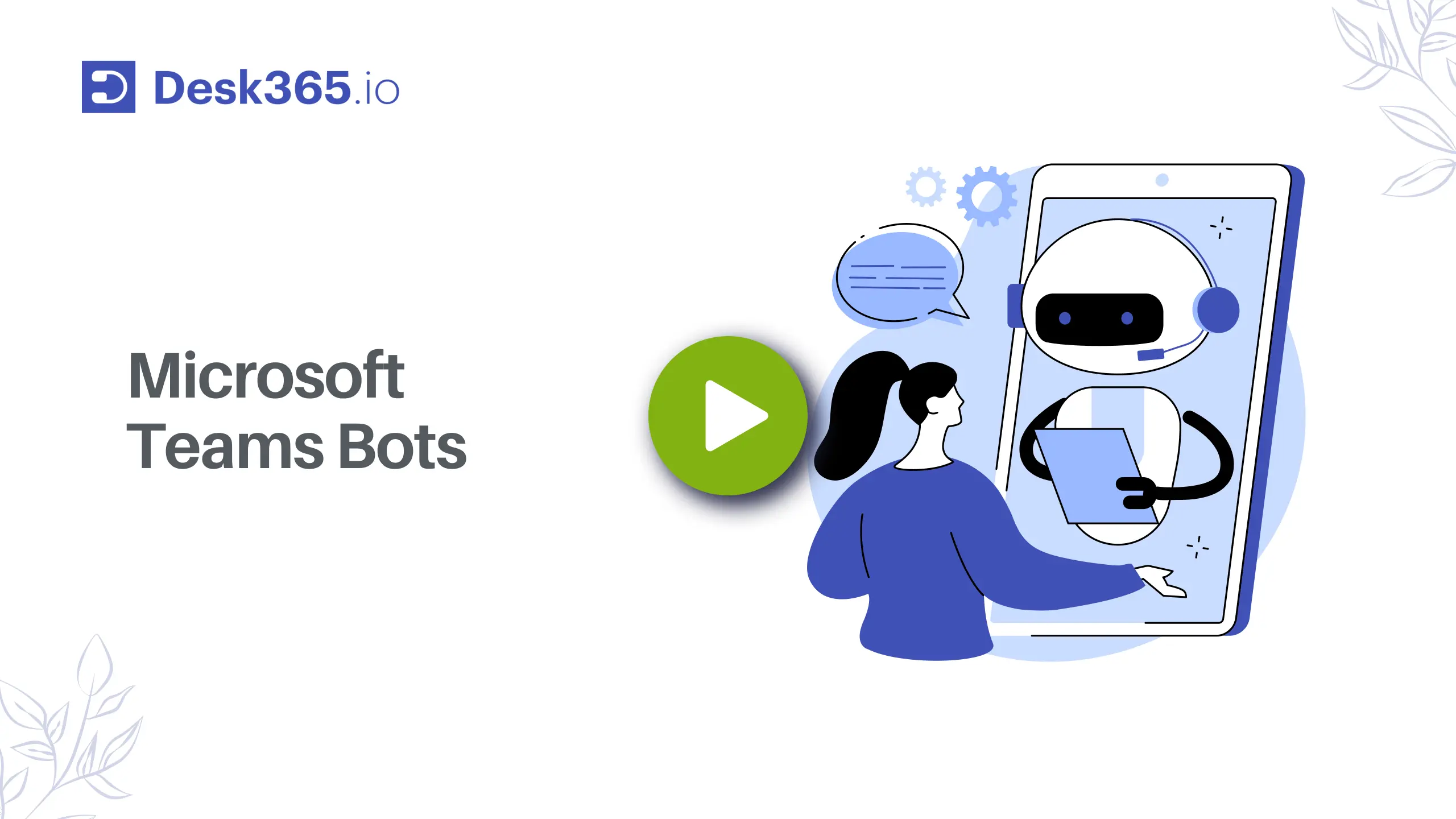If you go to G2 and choose ‘helpdesk’ as your software category, the page throws up 457 listings (as on 23/7/2025). If you’re a small business owner, or the head of IT or CX at an enterprise company, narrowing down on one helpdesk that’s best suited to your team would be a mammoth task.
Thankfully, most of us don’t look through each 457 before making a decision, and most helpdesks that are worth your time and research, are probably already well known. However, the question remains, how to choose a helpdesk that’s right for your team and company?
In this blog we explore the factors to consider when choosing a helpdesk.
1. Start with your use case, not the feature list
Before comparing helpdesk platforms, zoom in on why your team needs one. Are you supporting customers, internal employees, or both? Do you need a full omnichannel platform or something streamlined inside your existing tools (like Microsoft Teams or Slack)? A helpdesk with hundreds of features won’t help if 90% of them don’t apply to your workflow.
Tip: Make a short list of real-world scenarios your team handles. “Employee asks HR for tax proof,” or “Customer wants to return a product after the 7-day window.” Then evaluate how easily those can be solved within each platform.
2. Look for frictionless agent experience
Clunky agent experiences = slower resolutions = lower CSAT.
A good helpdesk should remove friction, not add it. Look for tools that allow agents to quickly respond, categorize, assign, and resolve tickets—without bouncing between apps, tabs, or menus. UI/UX design plays a huge role in how well your team adapts to the platform, especially if you have new agents ramping up often.
Bonus points: A helpdesk that integrates natively with tools your team already uses (like Microsoft Teams, Outlook, or your CRM).
3. Don’t overpay for what you don’t use
Many helpdesks market themselves as “all-in-one platforms,” bundling features like live chat, IVR, social media integration, and more. But ask yourself: Do you actually need all of that today? If your team just needs simple ticketing with smart routing and reporting, choose a platform that matches your maturity—not one that forces you into a bloated package.
Look for: Pricing that’s per agent, with modular add-ons, so you scale only when you need to.
4. Customization shouldn’t require a developer
Ask during demo: “Can a non-technical team lead set up automations, change categories, or edit forms on their own?”
The more control your team has, the less dependent you’ll be on external support or engineering help, and the more agile your support process becomes.
5. Evaluate reporting and accountability
6. AI features: helpful or hype?
7. Don’t forget onboarding, support, and culture
Red flags: Delayed responses during your trial, unclear documentation, or dated UI.
Green flags: Transparent product roadmaps, customer community, and fast rollout of feature requests.
In conclusion, you don’t need to evaluate 457 tools. But if you’ve narrowed it down to 3 or 4, pick the one that makes your team faster—not just your software stack fancier.
Interested in trying Desk365? We’re an AI-powered helpdesk platform built for teams of all sizes. Get started here.




